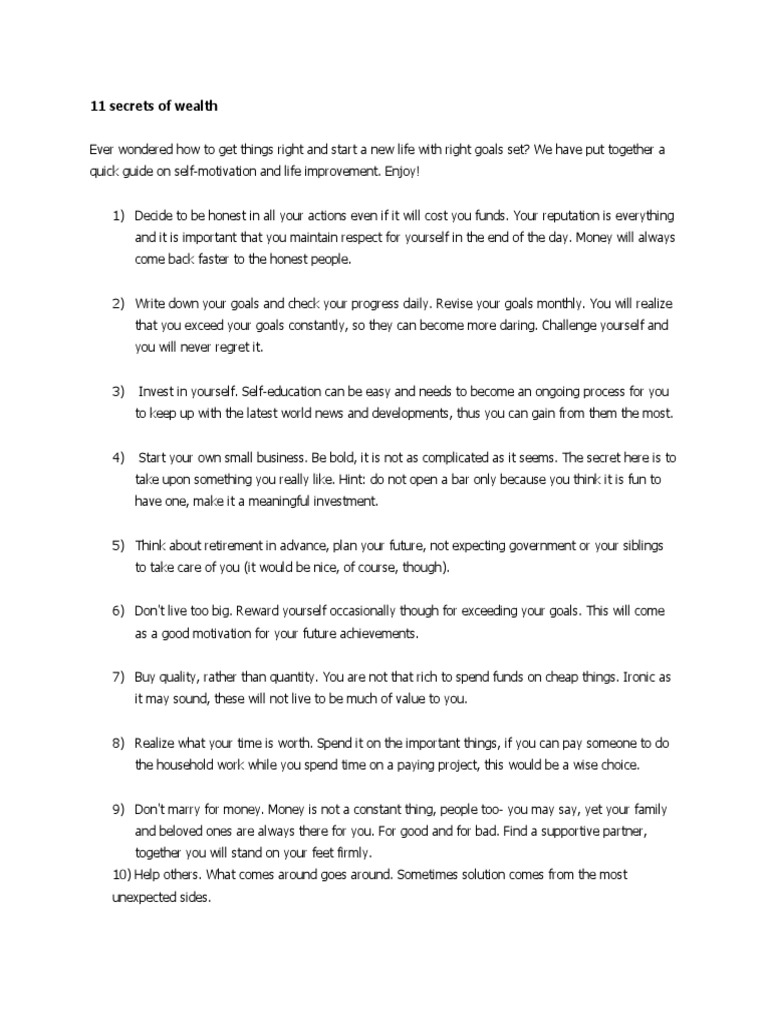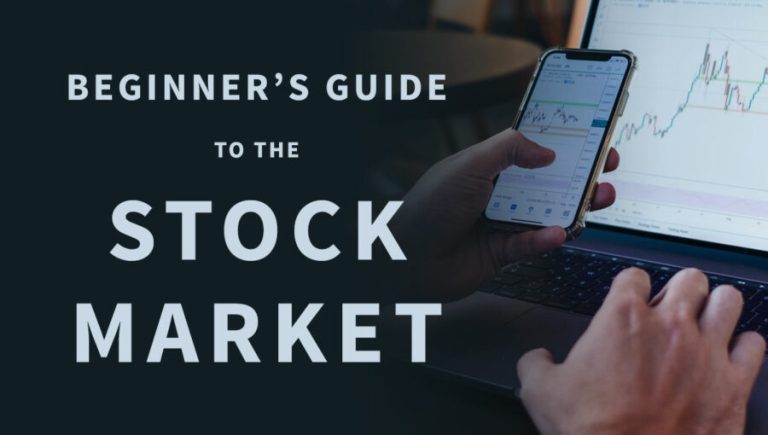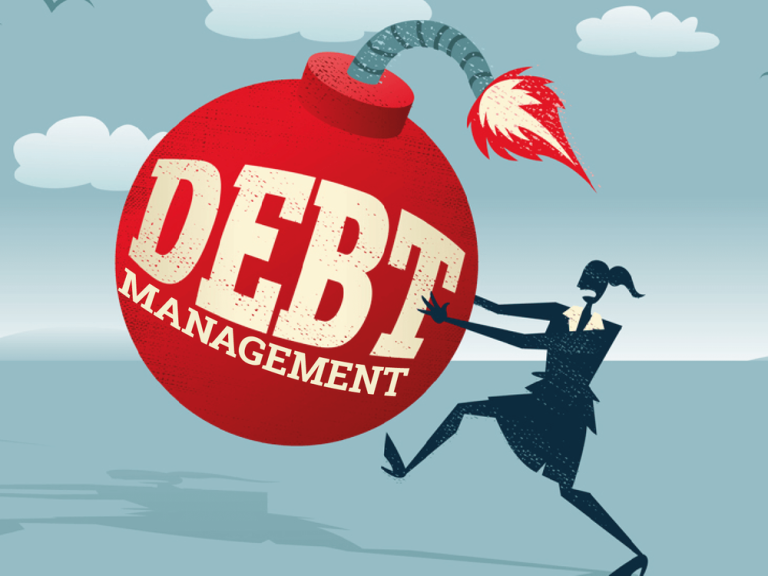Establishing an emergency fund is a crucial financial step for anyone seeking stability and security in their personal finances. An emergency fund serves as a financial buffer, allowing individuals to manage unexpected expenses without derailing their financial plans. However, simply having an emergency fund is not sufficient; smart management of those funds is essential. This article will discuss various investment options for emergency funds that ensure your money works for you, providing growth while still maintaining accessibility for unforeseen circumstances.
Understanding Investment Options for Emergency Funds
When it comes to investment options for emergency funds, the primary goal is to balance accessibility and growth potential. You want your money to remain safe and easy to access while also allowing for some degree of growth. Here are some crucial facets to consider when exploring your investment options for an emergency fund:
Starting with a High-Yield Savings Account
A high-yield savings account is one of the simplest investment options for emergency funds. This type of account often offers a much higher interest rate than traditional savings accounts, making it a practical choice for your emergency funds. The funds are liquid, meaning you can access your money quickly in case of emergencies. Additionally, high-yield savings accounts are typically insured by the FDIC up to certain limits, which means your money is safe from bank failures.
Exploring Money Market Accounts
If you want something that combines features of savings and checking accounts, consider money market accounts. These accounts often provide higher interest rates compared to traditional savings accounts and allow limited check-writing capabilities. This could be a suitable investment option for emergency funds, especially for those who may need quick access to funds in various situations.
Other Investment Options for Emergency Funds
While traditional savings methods are great for starting your emergency fund, there are other investment options for emergency funds that can enhance the growth potential of your savings.
Certificates of Deposit (CDs)
Certificates of Deposit (CDs) can be an excellent addition to your emergency fund strategy. These are time-bound deposits that often yield higher interest rates than regular savings accounts. The trade-off is that your money is locked in for a predetermined period, typically ranging from a few months to several years. Depending on your financial strategy, laddering CDs can allow you to access a portion of your funds while still benefiting from the higher rates typically associated with longer-term CDs.
Short-Term Bond Funds
For those with a bit of risk appetite, short-term bond funds offer another investment option for emergency funds. These funds primarily consist of bonds with shorter maturities, which typically exhibit less price volatility compared to long-term bonds. While there is no guarantee of principal preservation, short-term bond funds can provide better returns than traditional savings accounts, while still allowing relatively easy access to your funds.
Keeping Your Emergency Fund Accessible
Regardless of the investment option you choose for your emergency fund, one overriding principle should always apply—accessibility. You need to ensure that in times of crisis, you can quickly get your hands on your funds without facing significant penalties or delays. Below are considerations to maintain the liquidity of your emergency reserves:
Avoiding Investment Options with Long Lock-in Periods
When evaluating investment options for emergency funds, be cautious about any choices that come with long lock-in periods. While some investments may offer attractive returns, if you cannot access those funds when needed, they become liabilities rather than assets. Assess any terms associated with these investments carefully.
Utilizing a Diverse Approach
Diversity is key when preparing your emergency fund. By diversifying your fund across different investment options, you can mitigate risk while maximizing returns. For example, you might maintain a core amount of funds in a high-yield savings account while allocating a portion into a short-term bond fund. This approach ensures you retain some liquidity while potentially increasing your financial cushion’s return on investment.
Evaluating the Right Investment Options for Your Needs
Choosing the right investment options for your emergency fund largely depends on your personal financial situation and risk tolerance. Here are several critical factors to consider:
Assessing Your Monthly Expenses
To determine how much you should keep in your emergency fund, start by calculating your monthly expenses. A common recommendation is to have at least three to six months’ worth of living expenses in your emergency fund. Depending on your job stability, health, and other factors, you may wish to adjust this estimate higher or lower.
Evaluating Opportunity Costs
Opportunity costs refer to the potential losses you may incur by investing in a particular option. If investing your emergency fund in a high-yield savings account leads to minimal gains, you might want to reassess the various options available. Always consider what you are sacrificing by choosing one investment over another.
Reviewing and Adjusting Your Strategy
Your financial situation may change, and it is essential to review your investment options for emergency funds regularly. Factors such as income changes, lifestyle adjustments, and economic shifts can all impact your financial needs and goals. Set reminders to evaluate your investment choices and adjust your strategy accordingly.
Conclusion: Make Informed Choices for Your Emergency Fund
Investment options for emergency funds are abundant, but navigating these choices requires careful consideration. It is crucial to choose options that allow for both growth and ease of access. By understanding the various savings and investment vehicles available, from high-yield savings accounts and CDs to bond funds, you can strategically position your emergency fund to work in your favor. Always prioritize accessibility, diversify your investments, and review your strategy regularly to ensure your emergency fund remains robust and responsive to your needs.
Visualizing Investment Options for Emergency Funds
Choosing the right investment options for your emergency fund will provide you confidence in financially uncertain times, allowing you to concentrate on your long-term goals rather than immediate crises. Remember, your emergency fund is a safety net designed to catch you when life throws unexpected hurdles your way.



